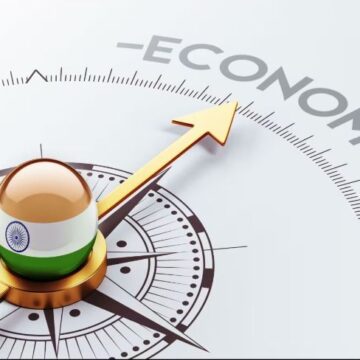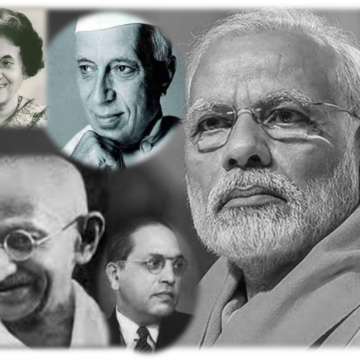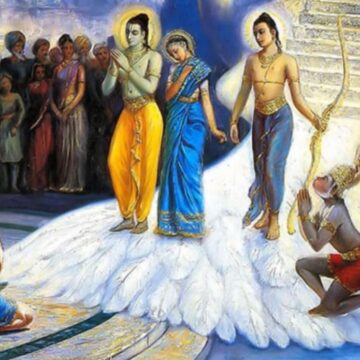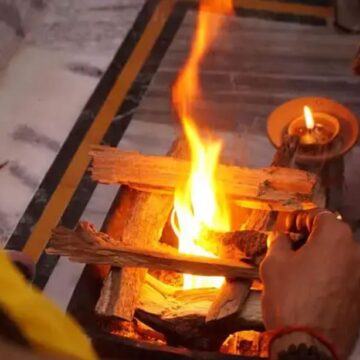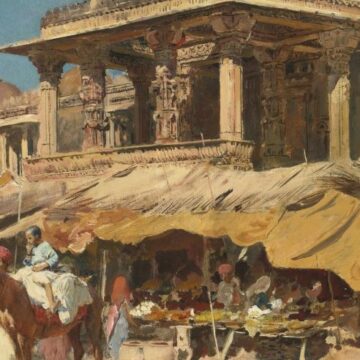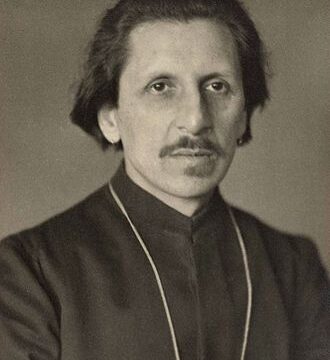Part 1 of this series was a summary of the ancient Indian economy. In this part, we shall look at the mediaeval economy of India, which began with the fall of the Gupta dynasty in the 7th century CE and finally culminated with the beginning of the Delhi Sultanate in the 13th century CE. This part also covers the important rise of Europe in dominating the world order through its colonial expansion and how it specifically impacted India too.
Category: <span>COMMENTARY</span>
On Audrey Truschke’s “Aurangzeb: The Life and Legacy of India’s Most Controversial King”
"Bridging the chasm between the historical Aurangzeb and this reimagined (and largely imaginary) Aurangzeb is a daunting task, but Truschke makes her case with the chirpy enthusiasm of an Aurangzeb fangirl writing a puff piece in People magazine on her idol.
The received historiography on Aurangzeb is riddled with outlandish hoaxes that have gone unchallenged for decades. Truschke’s book is a worthy addition to this genre since it refreshes our memories of these hoaxes while enthusiastically manufacturing new ones."
An incisive and witty review of Audrey Truschke's book on Aurangzeb, and her source material, by Keshav Pingali.
The Curious Case of Hero Worship
The concept and popularity of hero worship is as old as time. Who then, can be classified as a hero? Are heroes born or created? Can hero worship endure long after the hero is gone?
Anshul Kalia explores all this, with special emphasis on the propensity of the Indian populace to hero-worship political leaders.
Divine Nexus: Salience of Hindu Temples
"To fully understand the social significance of Mandirs, one must delve into their profound philosophical underpinnings, historical moorings and cultural importance. Our Mandirs are the veritable embodiments of our culture, philosophy, and spirituality. Rooted in ancient Hindu tradition, Mandirs play a vital role in shaping the social and cultural fabric of India."
Understanding Indian Economy: Ancient To Modern – Part 1
"For a long time, Marxist historians had a hegemonic hold on only one type of discourse. Marxist linear history represents India and its traditions as the past, or decadence, and the West as the future, or progress. In a world where globalisation, trade, and mutual exchange are a given, it is disagreeable to argue that perhaps we needed an invasion or colonisation to open our eyes to the world."
Bridging Ancient Philosophies: The River of Consciousness
"Rather than getting entangled in doctrinal differences, it might serve us better to find the confluences, the shared understandings, and the universal truths that have guided humanity for millennia. In that spirit of unity, the river of consciousness presents a philosophical bridge, beckoning us to ponder, reflect, and ultimately understand."
Trying to Understand Shri Rama
An analytical look at some of the more controversial actions of Shri Rama, from the lenses of ancient as well as modern thoughts.
Dharmik View on Human Birth and Grihastha Ashrama
Shashank Poddar throws light on the shastrik view and importance of grihashta ashrama in this beautifully researched piece.
Dharma, Dhanda, Digital: Examining the Suppression of India’s Commercial Ethos Through the Ages
Ancient and mediaeval Indian kingdoms relied heavily on active commerce, both domestic and international. Indian economy has come full circle, after a long period of colonial suppression followed by oppressive socialist policies post-Independence, rediscovering its identity as a capitalist economy built on the industriousness and innovation of small producers and merchants.
Ananda K. Coomaraswamy on Education in India
This article is a summary and paraphrasing of three of the important essays by Ananda K. Coomaraswamy on the English education of those times (Education in India; Memory in Education; and Music and Education in India).
These three brilliant essays appear in the book Essays in National Idealism. He wrote on an overwhelming variety of topics, which perhaps would require a lifetime of study for any individual.
The aim of this article is to stimulate readers to undertake a serious journey to the writings of Coomaraswamy, a person whose rediscovery means a lot to present India, confused by a mass of rhetoric eulogising the notions of "modernity" and progress.
The reality of a hundred years ago, that he highlights in these essays, is unambiguously still relevant to India, with its acceptance of both the English language as the major medium of instruction and secularism as the guiding principle of our curricula.

